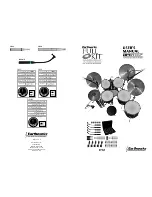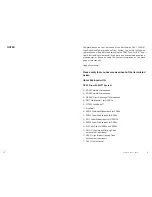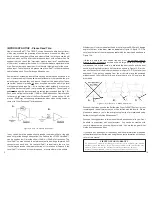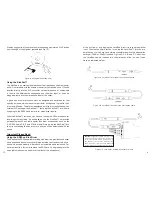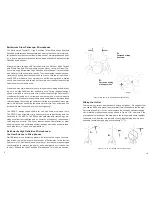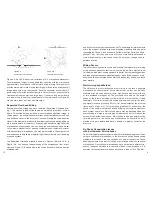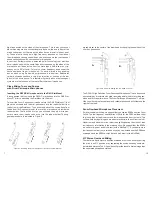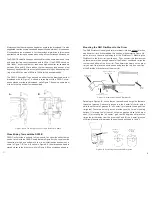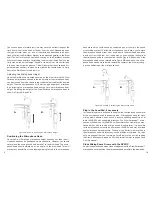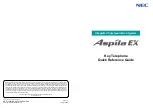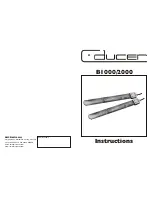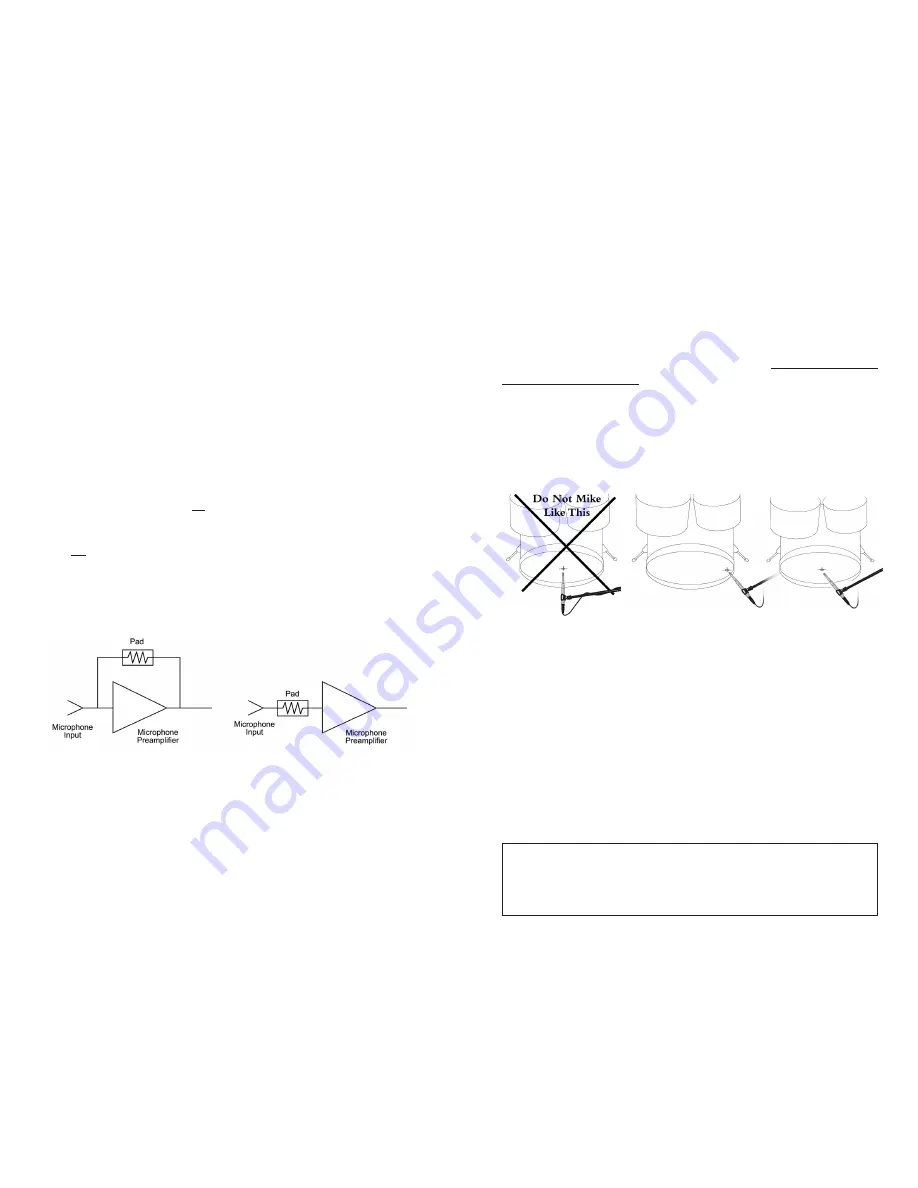
IMPORTANT NOTICE - Please Read This:
Use of the LevelPad™ - The DP30/C microphones have a high output level,
which may overload the preamps of some mixers or consoles. Many out-
board microphone preamplifiers and preamplifiers in mixing consoles will
handle as much as +24dbv at the microphone input, without distortion. We
suggest that you check the “maximum preamp input level” specifications
of your mixer or preamplifier to see if it will accommodate signal levels this
high. Some mixers and preamps will not handle this high level at the micro-
phone input. To avoid overload, please use a LevelPad™ in the microphone
cable feeding each Drum Periscope Microphones.
Some mixer or outboard preamplifiers have a pad that can be switched in or
out. However, some of these pads are not attenuators that precede the pre-
amplifier input, instead they only reduce the gain of the preamplifier. These
(so called) pads will provide no input overload protection from high level
microphone signals (see Fig. 1-A). In contrast, other outboard or mixer pre-
amplifiers have actual pads that precede the preamplifier. These types of
pads will provide the input overload protection that is needed (see Fig. 1-B).
Such pads will typically provide –10dB or –20dB attenuation. However, due
to the very high output level of the Drum Periscope™ microphones, -10 dB
or even –20dB may not be enough attenuation when close miking snares or
toms with Drum Periscope™ Microphones.
In any case where the pad does not precede the preamplifier, or the pad
does not provide enough attenuation, the Earthworks LP1530 LevelPad™
can be used and will provide either –15dB or –30dB of attenuation. The
LevelPad™ comes housed in a stainless steel tube with gold-plated XLR
connectors on each end. As the LevelPad™ is inserted in the mic line,
it will always precede the preamplifier input. It makes no difference if the
LevelPad™ is inserted at the microphone, or somewhere in the middle
3
Figure 1-A and 1-B Preamp Input Pads
A.
B.
Whether your kick drum has a front head or not, place the SR30 at a 45 degree
angle to the front of the drum head as indicated in Figure 13-B and 13-C. Do
not place the front of the microphone parallel with the drum head as shown in
Figure 13-A.
If there is a hole in the front head of the kick drum, do not place the mic
directly in front of the hole as there will be a large burst of air hitting the
microphone. In our field tests, we achieved the best results and the best
sound by miking the drum just off of the rim as shown in Figure 13-B, or you
can mic the center of the kick drum as shown in figure 13-C. Whatever your
approach, if you get any popping from the air bursts, place the enclosed
windscreen on the kick drum mic, and place the mic at a 45º angle to the
drum head.
Figure 13-A, 13-B and 13-C Miking a Kick Drum
We know that when you use the Earthworks Drum FullKit™ System for your
recording and live performances you will be thrilled with the results. We are
pleased to welcome you to the ever-growing family of professionals using
Earthworks High Definition Microphones™.
We hope the suggestions in this manual have been beneficial to you. Don’t
be afraid to experiment with mic placement. You can be as creative with
your mic placement as you are with your music. You are the judge of what
works best and sounds best.
If you have any questions, or require any additional information, please do
not hesitate to contact Earthworks using the contact information on the back
cover of this manual.
FIFTEEN-YEAR WARRANTY
All Earthworks
®
products (excluding accessories) carry a fifteen-year limited
warranty (parts and labor). If you have any problems with your Earthworks
products, please contact our warranty/repair department by email at:
[email protected] or by telephone at (603) 654-6427, ext 19.
16
A.
B.
C.
Summary of Contents for SR25
Page 2: ......

